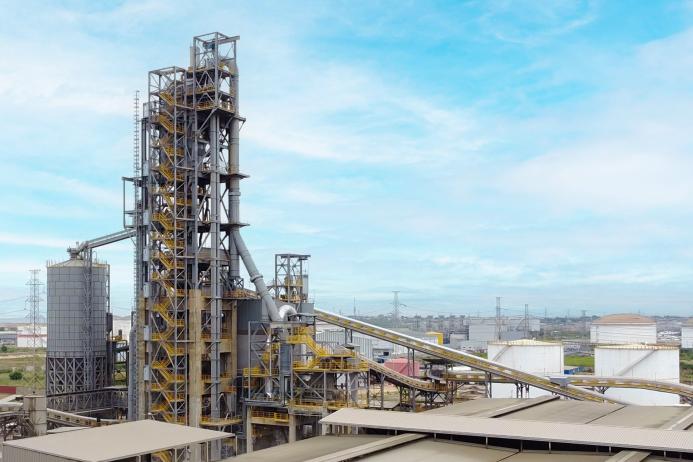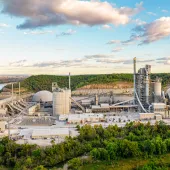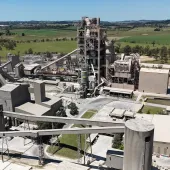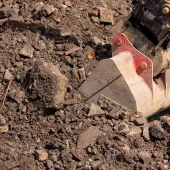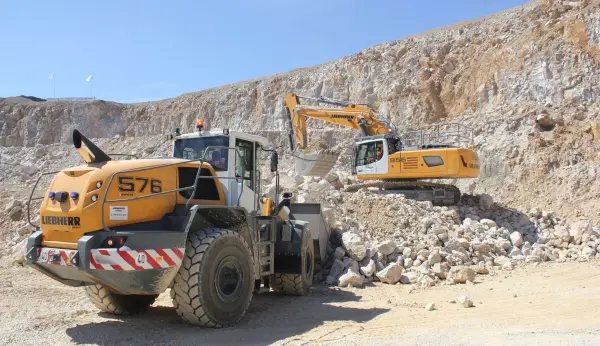Heidelberg Materials scaling up low-carbon clinker alternatives
Joint venture with CBI Ghana completes construction of world’s largest flash calciner for clay
IN a joint venture, Heidelberg Materials and CBI Ghana Ltd, a leading cement manufacturer located in Tema, Ghana, have completed the construction of the world’s largest industrial-scale flash calciner for clay. The installation, which has a capacity of more than 400,000 tonnes of calcined clay per year, is already operational and the first batches of calcined clay cement with reduced clinker content have been delivered to customers.
Replacing traditional cement clinker with supplementary cementitious materials (SCMs) is a crucial pillar of Heidelberg Materials’ decarbonization strategy, and calcined clay is a particularly well-suited raw material for West African countries without large limestone deposits, enabling them to reduce their dependence on clinker imports.
Hakan Gurdal, member of the managing board of Heidelberg Materials and responsible for the Group area Africa-Mediterranean-Western Asia, said: ‘Our investment and the good collaboration with CBI are paving the way for the transition to lower-emission cement production in this growing West African market.
‘Based on calcined clay technology, we can now extend our offering of innovative, high-quality cement products, while reducing CO2 emissions and utilizing the rich local resources. The project has created over 300 local jobs.’
Dr Katharina Beumelburg, chief sustainability and new technologies officer at Heidelberg Materials, added: ‘With calcined clay, we have the potential to reduce the carbon footprint of the finished product by up to 40%. This project not only represents a highly effective, tailored, and scalable sustainable solution for the construction industry in Ghana, but also provides us with valuable learnings that we can apply to future calcined clay projects in other locations around the globe.’
To produce calcined clay, raw clay minerals are heated to between 650°C and 950°C. The resulting calcined clay can be used to reduce the proportion of traditional clinker in cement. Since CO2 emissions from clay calcination are significantly lower than emissions from clinker production, substituting clinker with calcined clays will significantly reduce the company’s CO2 footprint in Ghana.
As an emerging economy with a fast-growing population, cement consumption in Ghana is expected to double over the next 15 years, offering a large market potential and significant opportunities for a transition to sustainable solutions from local production. Heidelberg Materials have a strong market position in Ghana, with their Ghacem subsidiary being the country’s leading cement producer.

